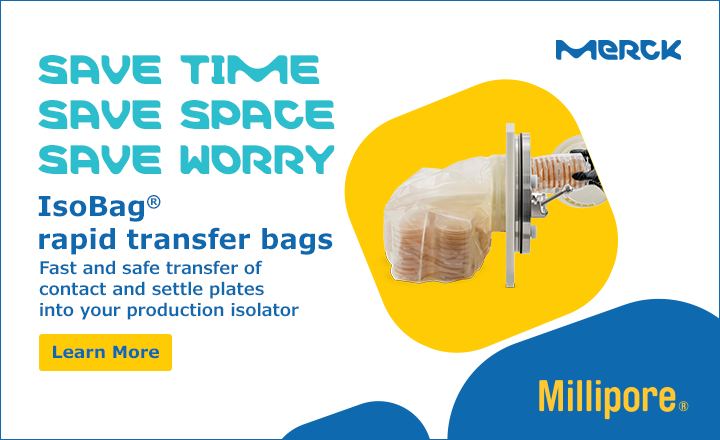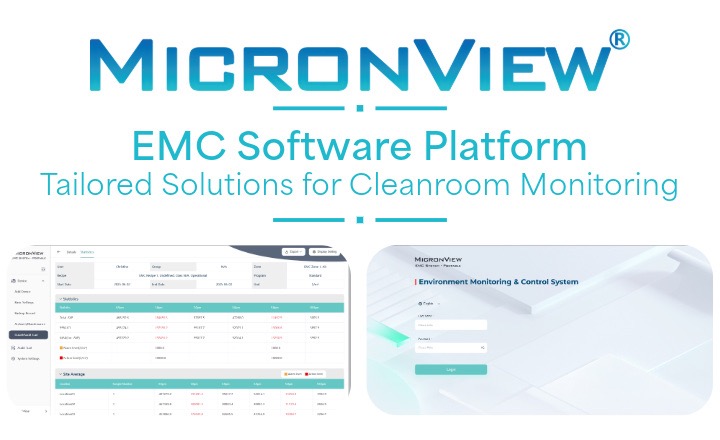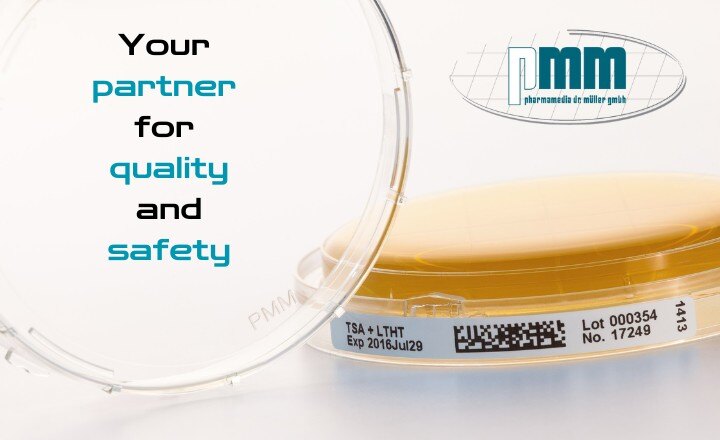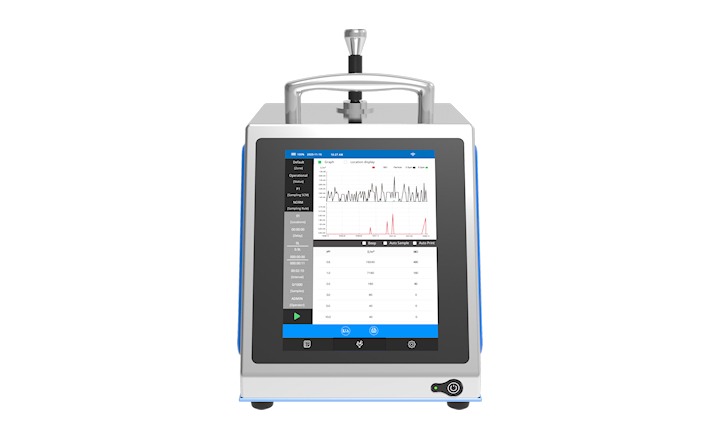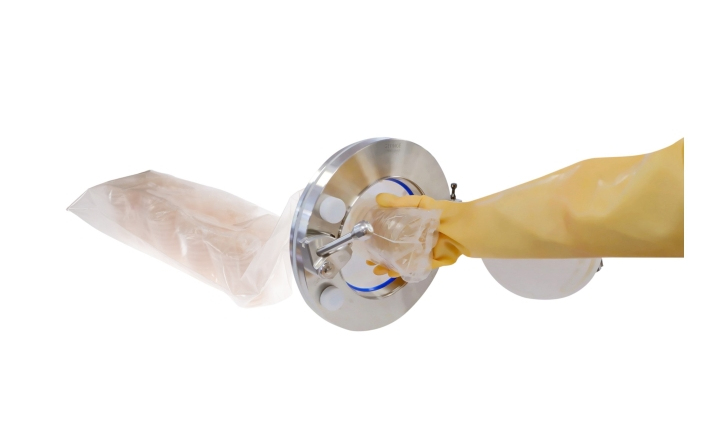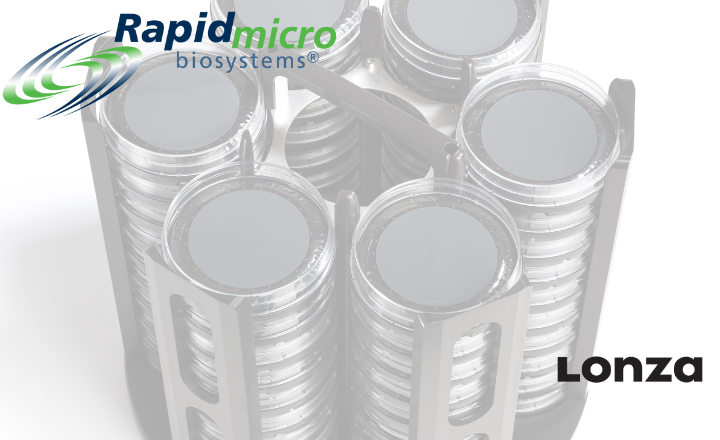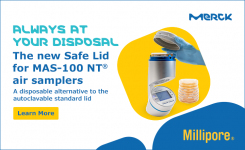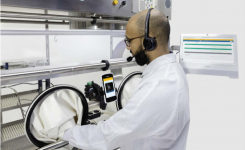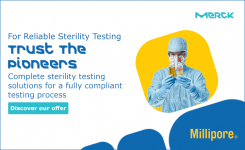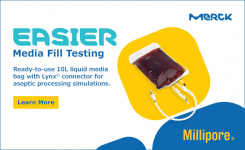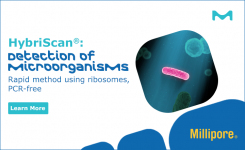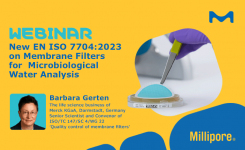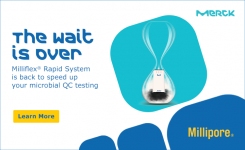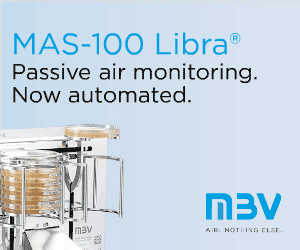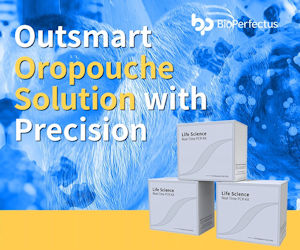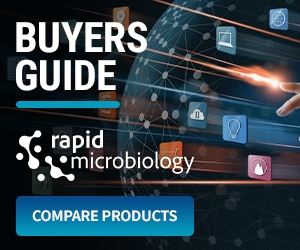The need to minimize the risk of contamination has made the transfer of materials into higher grade areas very complex. Equipment usually has to pass two material locks to get from a non-classified area to a grade A cleanroom, RABS, or isolator. The more there is to clean, disinfect, and autoclave, the more complicated procedures get. Similar to the manufacture of biopharmaceuticals, where single-use systems comprising sealed and pre-sterilized components have gained traction in the last few years, environmental monitoring is now embracing readily sterilized consumables and accessories in multi-layered packaging. This eliminates cumbersome routines like cleaning, sterilization, and validation of sterilization, resulting in enhanced efficiency, flexibility, and contamination control.
Layered safety from contamination
The range of available disposables for environmental monitoring is constantly expanding. Our aseptically filled, ready-to-use ICR/ICR+ Contact Plates, Settle Plates, and Swabs that have been gamma-irradiated in their triple packaging are already being used in many facilities producing sterile pharmaceuticals, thanks to the convenience of allowing consecutive layers to be removed upon transfer from lower to higher grade areas. This avoids having to wipe the outer layer with disinfectant after transfer, a manual procedure with the potential for handling errors.
Our settle and contact plate packs feature properties that make transfers and routine usage easy as they
- Can be stored outside a cleanroom at room temperature for extended periods
- Are packaged in transparent material to allow visual inspection
- Are easy to open, even when wearing gloves
- Possess low water vapor permeability and impermeability to VHP, supporting their use in isolators
- Can be hung up in the isolator to save space
Because disinfectant residues can lead to false negative results, our culture media are supplemented with different mixtures of agents that neutralize the antimicrobial effects of a wide spectrum of commercial disinfectants.
Plates at the ready in the isolator
The recently revised EU GMP Annex 1 suggests considering the use of rapid transfer port technology for transfers. These ports can support the safe provision of consumables that have been irradiated in their sealed packaging. Our readily irradiated IsoBag® DPTE rapid transfer bag can be attached to the alpha port of an isolator for immediate use of the contained plates. Each bag contains ready-to-use culture media for air and surface monitoring, either:
- 100 ICR Contact Plates in packs of 10, or
- 80 ICR Settle Plates in packs of 10
The IsoBag® transfer bags not only save precious space in the isolator. They avoid the need to decontaminate the packs of plates, reducing the number of decontamination cycles. Longer periods of uninterrupted production are therefore possible, which is particularly useful for manufacturing campaigns lasting several days. The bags retain their integrity over several connections and disconnections to the alpha port. Emptied bags can serve to transport the used plates back outside. To make sure that the plates do not accidently open while being transferred to the incubator, the IsoBag® transfer bags come with triple-bagged, gamma-irradiated transport bags that feature a zip lock.
The advantages of disposable accessories
Multi-layered packaging can also serve to transfer disposable accessories for instruments safely into higher grade areas. Many active microbial air samplers, for example, are equipped with removable and autoclavable aluminum lids that have perforations through which they lead the ambient air. The process of getting such a standard lid ready for reuse usually takes up to two hours because this involves a series of tasks, including:
- Transferring the lid from the cleanroom to the autoclaving zone
- Cleaning the lid
- Packaging the lid for protection from subsequent contamination
- The actual autoclaving process
- Periodical revalidation of the autoclaving cycle and
- The associated documentation
All these steps are no longer necessary when using a disposable plastic lid that has already been irradiated in its multiple packaging, like our Safe Lid for the VHP-compatible MAS-100 NT® active air sampler. Using this lid also avoids damage caused by incorrect handling by untrained staff and prevents personnel from coming into contact with traces of toxic drug compounds.
Some of the advantages of the Safe Lid are that it:
- Can be affixed tightly to the instrument and is easily exchangeable
- Works with the same impaction speed as the aluminum lid
- Achieves comparable recovery rates
- Can be used several times during a production shift and
- Generates only low particle emissions during usage
In a simplified validation study according to EN 17141, we proved that using Safe Lids results in similar recovery rates of microorganisms to when the standard aluminum lid is attached. In our production process, we inspect the sieve pattern of every Safe Lid using camera technology to ensure that it possesses the correct number and dimension of holes. To support our customers' regulatory compliance, we make batch-specific Certificates of Quality available for download.


